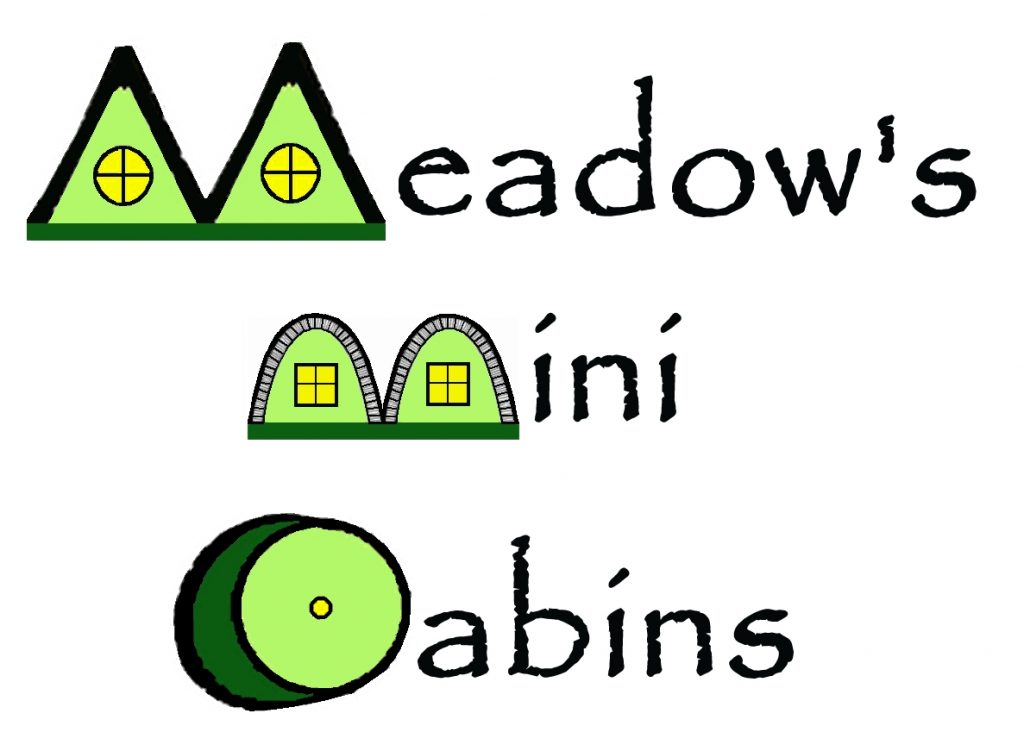
Please note that Forest & Meadow Villages Inc. (FMV) owns “Meadow’s mini Cabins” and are separate business endeavours than FMV’s consulting relationship with nonprofit sustainable affordable housing projects, such as Edgewood Ecovillage.
UPDATE AS OF JULY 12, 2024
We are finishing out off-grid bunkies for sale to the general public!


BUILD YOUR BUNKIE HERE (starting at $27k) – RECEIVE AN INSTANT QUOTE!
Please see our Facebook page HERE for more details on this or other bunkies, or to contact Meadow
PLANS FOR 2025 AND BEYOND:
Next year, bunkies will expand to include tiny houses (tiny homes are under 398 sq ft) and grid-tied bunkies that can be hooked to electric via a pigtail or be solar-ready.
Plus…
Hipcamp style off-grid camping cabins for a unique ‘glamping’ experience in ecotourism at Artventure Nature Retreat (on site location, separate business).
NOTE: ‘Meadow’s mini Cabins’ is a subsidiary of Forest & Meadow Villages Inc., and will later include experimental bunkie units for natural and green building techniques, which people can rent and stay in overnight.
What is a bunkie?
A bunkie is a tinier version of a “tiny house”. The Tiny House movement has seen little homes built between 400-500 square feet in size. Once they reach 600 sq ft, they are considered a ‘small home’, not a tiny home. In Nova Scotia, the official designation of a ‘tiny house’ by building codes is anything under 398 sq ft.
Our bunkies, or cabins, will all be under 200 square feet in size. Most bunkies are considered <108 sq ft, while we are aiming at around a 12’x16′ exterior size (192 sq ft), the walls of which will be different than average due to the natural building methods and higher energy efficiency rating we are pursuing. Since our bunkies are slightly larger than your average bunkie, we also call them “cabins” interchangeably, since most people are familiar with cabins (vs bunkies).
What will the bunkies or cabins look like?
All of the first ‘standard construction’ types will be available in four sizes (Small-140 sq ft, Medium-192 sq ft, Large-240 sq ft, and later on the Grand-392 sq ft. (Tiny House).
Bunkies will have solar and composting toilet (portable) features and are for off grid living, camps/camping, and BnBs, while later on we will add hard wired (grid-tied) features for 3-4 seasons living.
Future ‘Alternative Construction’ Building Styles for Artventure Nature Retreat
This set of future bunkie / cabins or natural buildings will all be very different from one another, in both style and building construction, as well as heating methods.
The style of these cabins will be completely different, so none of them will look like each other. We have these ideas in the planning stages currently, and in time, and will hopefully/eventually be built:
- “Solnox” Copper Cave & Moon Corridor acts as a solar calendar for marking solstices & equinoxes, with eventual moon calendar, sleeps 1-3 people – geodesic dome style, rock, cob & papercrete, partially underground
- THIS ONE WILL BE BUILT FIRST!: Silver Shanty has framed walls, thick rockwool insulation, metal roof, murphy beds & hideaway furniture, built to look like a typical Nova Scotia fisherman’s shack, but with silvery paint (exterior), and sleeps 1-5 people – standard construction (as a control measure… will build a few more in similar construction style, in time)
- Bathroom Bunkie is a separate room that utilizes 1-2 unisex off-grid waterless toilets but NO SHOWERS/SINK (hand gel sanitizer is provided)… may include solar CT (composting toilet)–may temporarily use port-a-johns until this is approved and built. (perhaps cordwood style)
- Cob Hovel is a tiny 1-2 person dome made of cob with under-floor fired heat – cob catenary dome
- Faerie House will be fun for adults but also made for kids (nooks and crannies to explore) – likely straw bale hexagon with cob and/or papercrete and plaster
- Elven Haven will be a round-ish building with a sleeping loft – perhaps made of ICF blocks / hempcrete or SIPs
- Glass Hut shall be for 1-2 people, with aerogel insulation in glass walls – square, post and beam frame with glass walls, and metal roof
- Inside-Outside Bunkie also called the “I-O”, has outside ‘rooms’ and looks like the outside on the inside (camping tent, hammock, and treehouse provided for sleeping 1-5 people) – potentially a round building made of shuttered cob & RMH heating
- Hobbidome Wofati will be an insulated earth sheltered style bunkie that is passive solar only (no other form of heat) – the original ‘Wofati’ idea was coined and designed by permaculturist, Paul Wheaton but we will make it more like the well known “Hobbit House” style that people have come to love – earth bermed and insulated, with a circular door & natural wood, white free-form flowing interior with green plants (there is a chance this design can change)
- Gazebo with picnic table will be made in time for the common area, which will include a fire pit with seating, wood fired grill, cob pizza/bread oven – hopefully a natural wood and tree-like design

Much Later On…
- New style Victorian-ish cottages will be made much later, after all of the above designs are built and compared for energy efficiency (we hope that surveys to our guests will help us in rating the comfort of these units) – recycled SIPs are currently the design of choice
- This style may or may not happen on this same property (potentially a different location)
Unique Construction
Because these bunkie cabins are part of the FMV Design Lab, they are considered ‘experimental’ designs concerning the building materials. Materials may include things like:
- earth (adobe, clay, cob, fidobe, earthen floors & benches, etc.)
- wood (locally sourced whenever possible, for construction, milled wood, boardwalk, or unique furniture)
- recycle paper or fibre (insulation, papercrete, padobe, fidobe, straw bales)
- rock, sand, gravel & rubble (locally sourced)
- other materials & products (hempcrete, recycle plastic SIPs, and other materials TBD)
- insulation (XPS board for below grade, other green products)
Note: Cement and concrete use will be limited, plaster and stucco may be utilized for external surfaces and weatherproofing however
The goal is to utilize different building techniques with similar thermal mass and insulation values to compare ‘comfort’ and energy efficiency levels.
Unique Heating & Solar Lights
Features like passive solar design (not electricity, but allowing the sun in windows to help passively heat the unit through absorption into thermal mass flooring/walls), plus potentially in-floor heating, wood stoves, or rocket stoves, RMH (rocket mass heaters), and other methods of heat can be used since these units are off grid (no electricity).
The electric units will have standard heating and/or wood stoves.
Solar LED lighting (point of use) will be provided for all cabins as well as the Bathroom Bunkie.
More to come for updates on these Design Lab experimental bunkie cabins!
About Meadow’s mini Cabins
No electricity, no flush toilets, and no showers… just tiny “backyard bunkies” in the woods that inspire awe for alternative construction and art and the creative designs of each cabin.
Our camping cabins will be:
- sustainable and affordable
- for camping or glamping, and enjoying nature
- a unique site offering ecotourism, off-grid cabin style camping, and drawing curious campers (will NOT be on Airbnb)
- they are short-term only (1-27 days only) not meant for long-term rentals (28+ days)
- likely closed during winter months
We hope our cabins inspire you:
- to live sustainably
- recognize familiarity while embracing nostalgia
- learn about alternative construction
- appreciate artistic style and sculptures
- appreciate green building and natural building materials
- have excitement for the environment
- experience joy in being in nature
- stay overnight in something you will find nowhere else—these cabins are meant to be “one of a kind”
Once we are up and running, we will be happy to welcome you to our property and hope your stay in the cabins will be a fun and special experience!
For more information about our property and sightseeing, shopping/businesses, and restaurants, please see our “Location” page.
